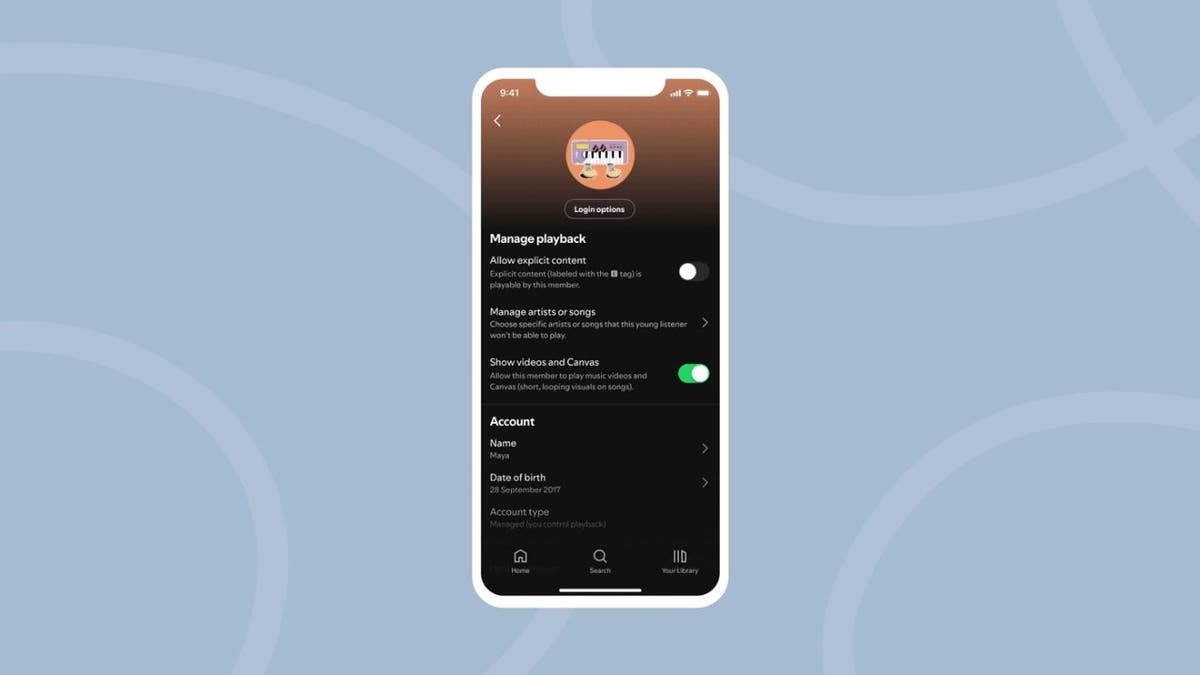NEWYou can now listen to Fox News articles!
Welcome to Fox News’ Artificial Intelligence newsletter with the latest AI technology advancements.
IN TODAY’S NEWSLETTER:
– Robby Starbuck on why he sued Google: ‘Outrageously false’ information through artificial intelligence
– Federal judges acknowledge court ruling errors tied to staffers’ AI use after Grassley inquiry
– Meta cuts 600 jobs amid AI expansion push — as automation replaces human staff

Robby Starbuck said he sent multiple cease-and-desist letters before taking legal action. (Bess Adler/Bloomberg via Getty Images)
‘CRAZY’ CLAIMS: Conservative activist Robby Starbuck spoke out about the “crazy” situation that prompted him to file a lawsuit against Google on Wednesday seeking at least $15 million, alleging the company’s artificial intelligence programs defamed him by falsely portraying him as a “monster” to millions of users.
ROBOT JUSTICE FAIL: Two federal judges admitted that members of their staff used artificial intelligence to prepare court orders over the summer that contained errors.
‘TALENTED GROUP’: Meta is cutting around 600 jobs within its artificial intelligence unit, a move it says aims to boost efficiency.
SILICON SHOWDOWN: Palantir CEO Alex Karp said his company is in an artificial intelligence arms race with its competitors, after reaching a deal with Lumen Technologies in which Palantir will deploy AI throughout Lumen’s digital communications network and enhance data use and effectiveness.
HOMEGROWN POWER: Apple is now building and shipping American-made artificial intelligence servers in the United States — a move that has the technology giant answering President Donald Trump’s call to on shore manufacturing.

Apple begins building and shipping American-made artificial intelligence servers in the U.S. in response to President Donald Trump’s push to boost domestic manufacturing. (Eric Thayer/Bloomberg via Getty Images)
HUMANS ONLY: An Ohio lawmaker is taking aim at artificial intelligence in a way few expected. Rep. Thaddeus Claggett has introduced House Bill 469, which would make it illegal for AI systems to be treated like people. The proposal would officially label them as “nonsentient entities,” cutting off any path toward legal personhood.
MACHINE AGE: Amazon is not wasting any time on its future ambitions for automation and how artificial intelligence (AI) technology could reshape its workforce.
BEYOND THE GRAVE: Suzanne Somers’ widower Alan Hamel, who shared a demonstration of the AI twin of the actress following her death from breast cancer in 2023 earlier this year, said this week it was originally her idea.
FEARLESS FUTURE: I know that many of you are afraid that AI is going to take your job. And you might be right. The 2025 Global State of AI at Work report just confirmed what we’re all sensing. AI isn’t the future. It is now. But before you panic, let me offer a new way to look at this. Instead of fearing what’s coming, maybe it’s time to think outside the box. Nearly three out of five companies say they’re hiring for AI-related roles this year. And most of these jobs don’t require a computer science degree or even coding skills.
MANNERS VS MACHINE: Do rude prompts really get better answers? Short answer: sometimes. A 2025 arXiv study tested 50 questions rewritten in five tones and found that rude prompts slightly outperformed polite ones with ChatGPT-4o. Accuracy rose from 80.8% for very polite to 84.8% for very rude. The sample was small, yet the pattern was clear.
TRAP SET: A watchdog group in Long Island, New York, used Artificial Intelligence (AI) to bust an elementary school music teacher who allegedly sent sexually explicit messages to someone whom he believed was a 13-year-old girl online.
CASH FROM CODE: A Michigan woman’s decision to let artificial intelligence (AI) pick her lottery numbers has paid off in a big way. Tammy Carvey, 45, of Wyandotte, won a Powerball jackpot of $100,000 and says ChatGPT was the secret weapon behind her lucky numbers. She bought her ticket online at MichiganLottery.com for the Sept. 6 drawing, according to the Michigan Lottery.

ammy Carvey, 45, of Wyandotte, Michigan, wins a $100,000 Powerball prize in the Sept. 6 drawing after using ChatGPT to select her lottery numbers, according to the Michigan Lottery. (PATRICK T. FALLON/AFP via Getty Images)
SECRETS STOLEN: Millions of private messages meant to stay secret are now public. Two AI companion apps, Chattee Chat and GiMe Chat, have exposed more than 43 million intimate messages and over 600,000 images and videos after a major data leak discovered by Cybernews, a leading cybersecurity research group known for uncovering major data breaches and privacy risks worldwide. The exposure revealed just how vulnerable you can be when you trust AI companions with deeply personal interactions.
TECH TURNED WEAPON: Artificial intelligence may be smarter than ever, but that power could be turned against us. Former Google CEO Eric Schmidt is sounding the alarm, warning that AI systems can be hacked and retrained in ways that make them dangerous.
FOLLOW FOX NEWS ON SOCIAL MEDIA
Facebook
Instagram
YouTube
X
LinkedIn
SIGN UP FOR OUR OTHER NEWSLETTERS
Fox News First
Fox News Opinion
Fox News Lifestyle
Fox News Health
DOWNLOAD OUR APPS
Fox News
Fox Business
Fox Weather
Fox Sports
Tubi
WATCH FOX NEWS ONLINE
STREAM FOX NATION
Stay up to date on the latest AI technology advancements and learn about the challenges and opportunities AI presents now and for the future with Fox News here.


























